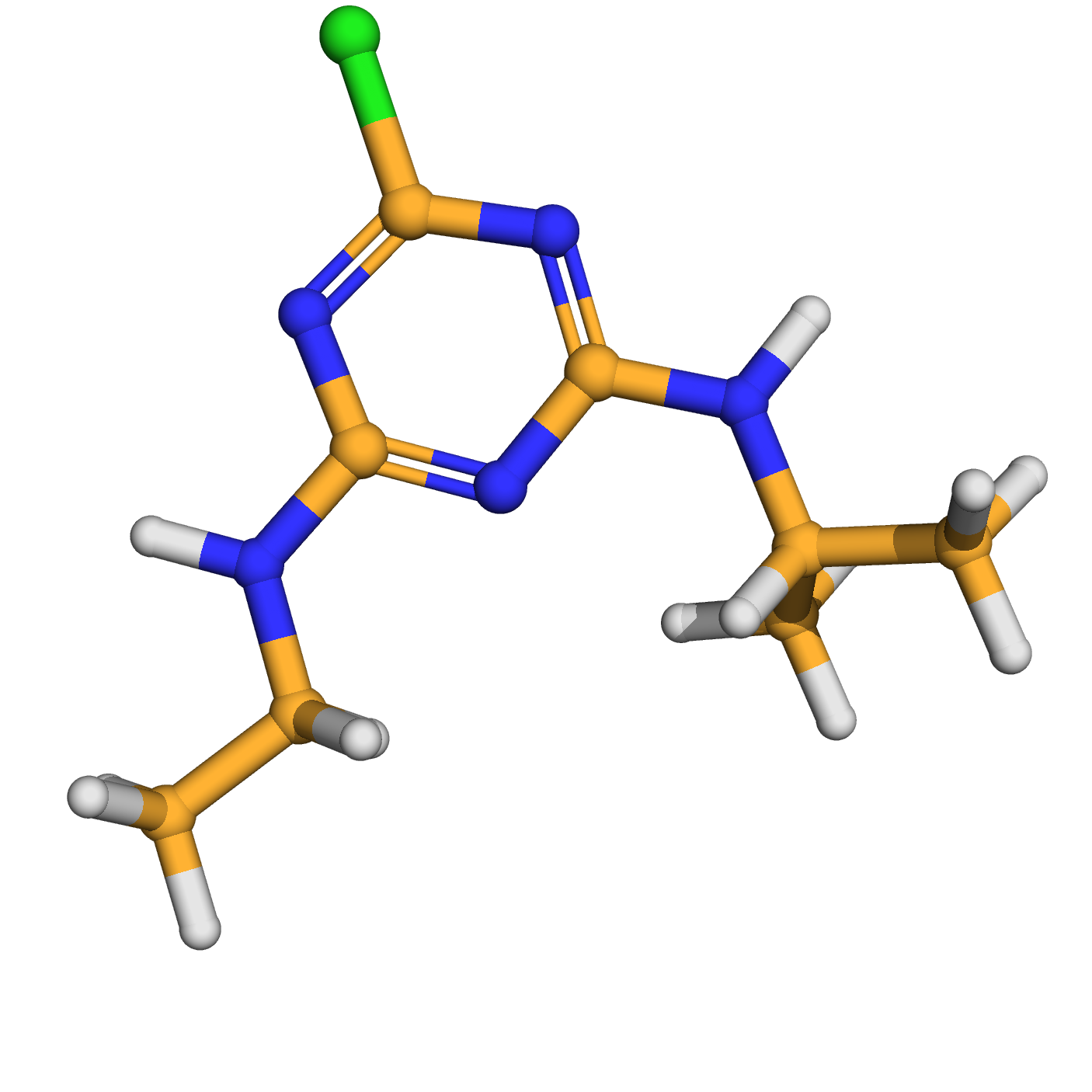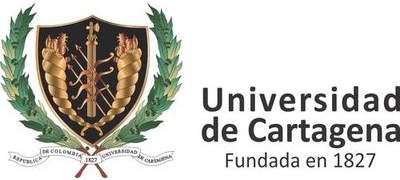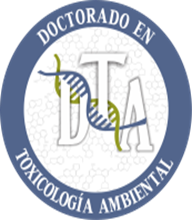atrazine
Synonyms: "oleogesaprim", "aktikon", "argezin", "atazinax", "atranex", "atrasine", "atrazin", "chromozin", "fenatrol"
Source: atrazine is an agricultural herbicide that is widely used by farmers to control broadleaf weeds and grasses that interfere with the growth of corn, sorghum, sugar cane and other crops.
Identifiers:
IUPAC Name: 6-chloro-4-N-ethyl-2-N-propan-2-yl-1,3,5-triazine-2,4-diamine
CAS Number: 1912-24-9
PubChem ID: 2256
InChiKey: MXWJVTOOROXGIU-UHFFFAOYSA-N
Canonical SMILES: CCNC1=NC(=NC(=N1)Cl)NC(C)C
Structural Properties:
Molecular Formula: C8H14ClN5
Molecular Weight: 215.683
Pharmacophore Features:
Number of bond donors: 2
Number of bond acceptors: 5
Number of atoms different from hydrogen: 14
Downloads
2D structure (.sdf)
3D structure (.sdf)
3D structure (.mol2)
3D structure (.pdb)
3D structure (.pdbqt)
Search Similar molecules
Evidence Supporting This Chemical as an Endocrine Disruptor
TEDX List of Potential Endocrine Disruptors

Cooper RL, Stoker TE, Tyrey L, Goldman JM, McElroy WK. 2000. Atrazine disrupts the hypothalamic control of pituitary-ovarian function. Toxicol Sci 53(2):297-307.
Danzo BJ. 1997. Environmental xenobiotics may disrupt normal endocrine function by interfering with the binding of physiological ligands to steroid receptors and binding proteins. Environ Health Perspect 105(3):294-301.
Fan WQ, Yanase T, Morinaga H, Gondo S, Okabe T, Nomura M, Komatsu T, Morohashi K-I, Hayes TB, Takayanagi R, Nawata H. 2007. Atrazine-induced aromatase expression is SF-1 dependent: implications for endocrine disruption in wildlife and reproductive cancers in humans. Environ Health Perspect 115(5):720-727.
Hayes TB, Stuart AA, Mendoza M, Collins A, Noriega N, Vonk A, Johnston G, Liu R, Kpodzo D. 2006. Characterization of atrazine-induced gonadal malformations in African clawed frogs (Xenopus laevis) and comparisons with effects of an androgen antagonist (cyproterone acetate) and exogenous estrogen (17[beta]-estradiol): support for the demasculinization/feminization hypothesis . Environ Health Perspect 114 (Suppl. 1):134-141.
Vonier PM, Crain DA, McLachlan JA, Guillette LJ Jr., Arnold SF. 1996. Interaction of environmental chemicals with the estrogen and progesterone receptors from the oviduct of the American alligator. Environ Health Perspect 104(12):1318-1322.
External Links

2D-structure
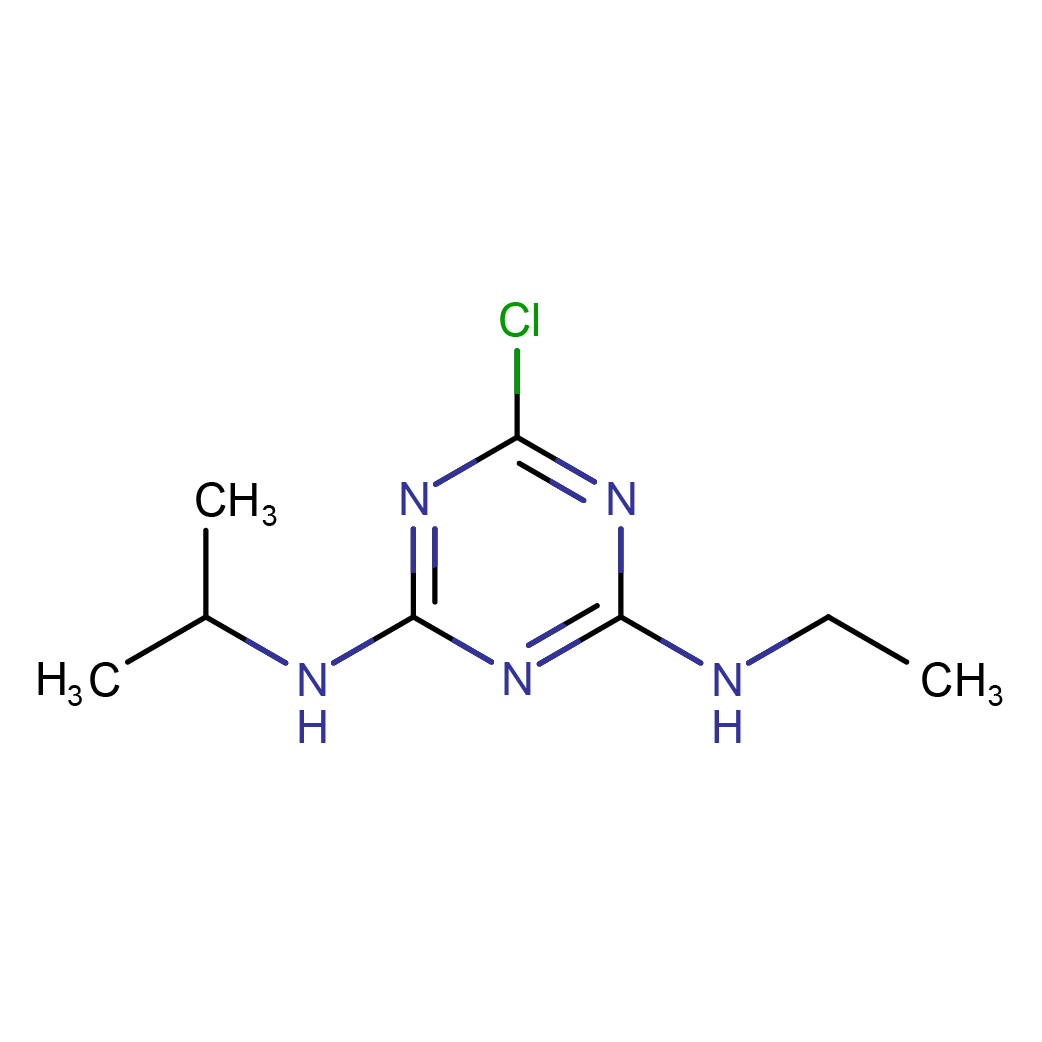
3D-structure
